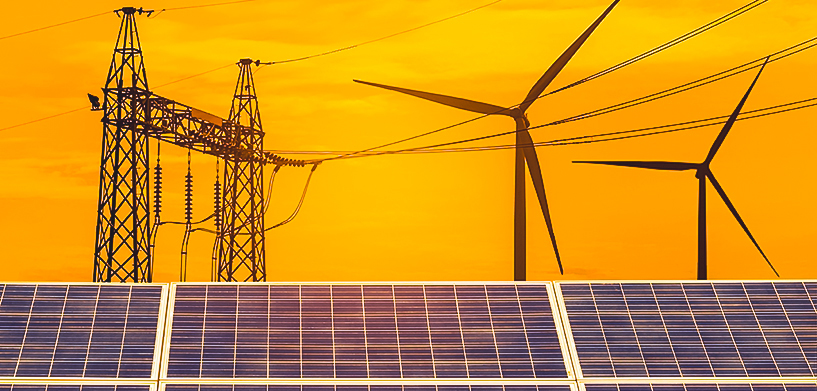In the evolving renewable energy conversation, concerns about grid reliability are increasing.
Ambitious sustainability objectives have been set globally, regionally and locally. These goals put utilities under increasing pressure to provide exceptional customer service, as well as transform and modernize their infrastructure. While trying to make energy production and consumption sustainable by transitioning to renewables, utility organizations worry about intermittency and grid instabilities.
For instance, in 2023, Forbes highlighted the weaknesses of the United States’ current grid and raised a concern about the reliability of new infrastructure.
Renewable energy technologies inherently experience intermittency, for example, a solar farm produces less energy on a cloudy day. Without the right management, intermittency can cause grid instability with negative impacts on utility organizations and their customers. Distributed energy resource management systems (DERMS), advanced distribution management systems (ADMS), asset management and outage management solutions allow companies to leverage their assets, minimize outages and keep the grid stable.
Intermittency in renewable energies and small-scale installations
Since renewable energy sources can be intermittent, and as they proliferate, they need to be managed effectively and integrated into the existing power grid, while keeping the grid stable. Another infrastructure change that utilities are seeing with the renewable surge is small-scale installations, a subset of distributed energy resources (DERs.)
The U.S Energy Information Administration (EIA) said that approximately one-third of U.S solar power capacity is connected to small-scale installations. The EIA defines small-scale installations as “those with generating capacity of less than one megawatt (MW). Residential small-scale solar systems are typically installed on rooftops; commercial and industrial systems may be installed on rooftops or on the ground.”
“The inherent intermittency of renewable energy resources contributes to grid instability. The grid needs to be balanced permanently,” said Jean Francois Allard, director, EMEA utilities and communications for Hexagon’s Safety, Infrastructure & Geospatial division. “This requires huge calculations and specific devices. And large-scale installations are harder to control. They have a kind of ‘inertia’ limiting their capability to deliver on a short period of time.”
Deploying grid management technologies and smart grid solutions allows integration of robust renewable sources and optimizes power flow and power supply. Utility companies expanding their portfolios to include renewable energy reduces their environmental footprints. If utilities can predict and manage the grid, renewable energies can enhance their energy supply reliability and resilience. The utility landscape is preparing for how to leverage DERs for grid support, enhanced energy efficiency and flexibility for demand.
The problem with grid instability
Grid instability and outages negatively impact utility customers. While it means losing access to lights and internet in residential areas or continuity for businesses, it can also mean interruptions in critical services like hospitals and their equipment, public safety agencies and certain 911 capabilities or patients at home or in care facilities who rely on oxygen and other therapies.
It’s a valid concern of utility organizations to want to avoid these problems. But as they digitize their systems and incorporate DERMS to deal with increasing numbers of renewable energy sources, they gain real-time communication and control across renewable devices that may lie outside a grid operator’s direct control.
“Grid instability can have serious real-world consequences. Think of what has happened recently in Texas, when a severe cold snap resulted in blackouts and, unfortunately, much worse. Or imagine an electric grid going down for an extended period in a heat wave. This could have disastrous impacts on the lives of people who don’t have access to ways to cool off and stay safe,” said Allard. “Nowadays, battery farms are providing alternative solutions: renewable energy is used to charge batteries that play like a buffer. When the classic energy sources need additional power, the batteries are used and they deliver energy constantly, without intermittence. Small-scale installations are much more agile. They can be started or stopped instantly, bringing flexibility in the grid by absorbing peaks of consumption or decreasing the production, if necessary.”
Real-time awareness for network management
A network digital twin provides the foundation for monitoring assets, seamlessly incorporating DERs, executing analytics and predictive models and forecasting adjustments needed during disruptions.
“Digital twins make it possible to balance production efficiently to avoid intermittency,” said Allard. “Relational digital twins identify DERs’ impact on an existing distribution network and simulate worst case scenarios, like seasons with high production and limited consumption, so utilities can proactively manage them. For new energy farms, this technology helps companies understanding the impact of the new producers on their network.”
Lay the foundation with HxGN NetWorks
HxGN NetWorks ensures a smooth transition to sustainable energy production and consumption with a network digital twin. See what HxGN NetWorks can do for your utility.
















